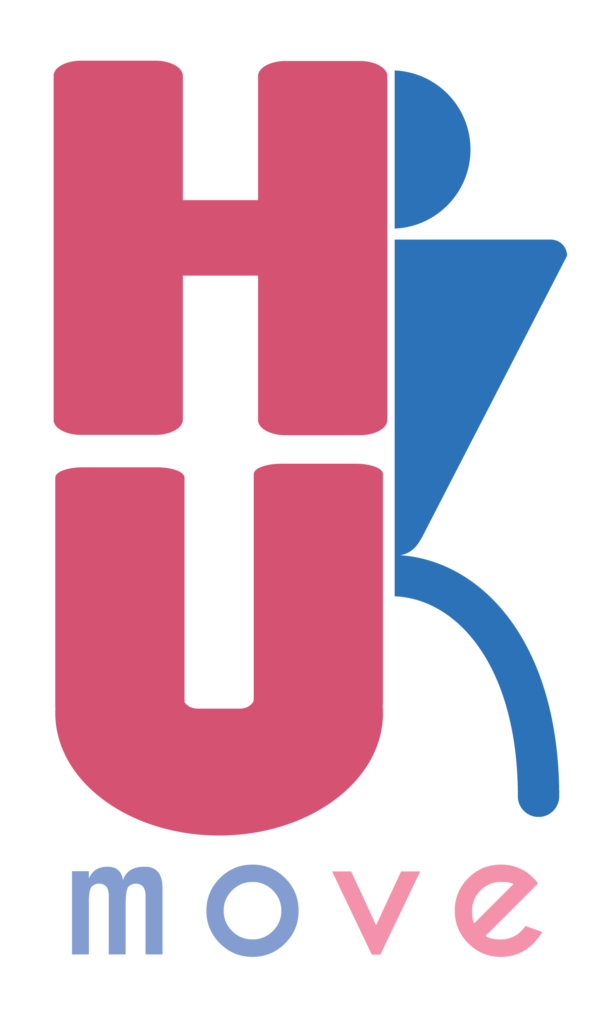NOMBRE Y ACRóNIMO: HUMAN-CENTERED SMART MOBILITY (HUMOVE)
Código PID2020-116727RB-I00
Fechas: 1/9/2021 – 31/8/2024
Personal
IPs: Enrique Alba y Gabriel Luque
Equipo de Investigación: Francisco Chicano, Javier Ferrer, Manuel López-Ibáñez y Rubén Saborido
Equipo de Trabajo:
- Christian Cintrano, Zakaria Dahi, José Ángel Morell y Jamal Toutouh
- Gabriela Minetti, Carolina Salto y Andrea Villagra (ARG)
Resumen
It is predicted that by 2050 THE HUMAN POPULATION will reach 9 billion with 75% of the world’s inhabitants living in towns and cities. With this continuing shift to urban living, cities are facing far greater social, economic, and environmental pressures. From London to Shanghai, our cities are facing many issues associated with RAPID URBANISATION and, inevitably, our transport infrastructure is taking strain. Widespread congestion has become the norm, which impacts urban life through CARBON EMISSIONS, AIR AND NOISE pollution. Cities and metropolitan areas are powerhouses of economic growth, contributing about 60% of global GDP. However, they also account for about 70% of global carbon emissions and over 60% of resource use. Thus, we need to find ways of addressing all these ISSUES whilst delivering ADDITIONAL CAPACITY.
HUMAN-CENTERED MOBILITY, much on the contrary to auto-centric mobility, puts the USER DIRECTLY AT THE HEART OF DESIGN AND DECISION MAKING. By adopting this approach, we can create efficient and resilient transport solutions that are mutually beneficial for both passengers and operators, and which shape better cities and communities. Our goal is to offer a set of HUMAN-CENTERED SERVICES IN THE NEXT AREAS:
- PEDESTRIANS: Policies to encourage WALKING should be placed at the heart of future urban mobility strategies and in all our decisions about the built environment: WALKABLE CITIES ARE BETTER CITIES FOR EVERYONE. It is estimated that, in Europe, INACTIVITY could be killing more than twice as many people as OBESITY. University of Cambridge researchers have stated that getting everyone to do at least 20 minutes of brisk walking a day would have substantial benefits. In addition to the health benefits, there are many economic benefits for developers, employers, and retailers when it comes to walking. It is the lowest-carbon, least polluting, cheapest, and most reliable form of transport. It is a great social leveller, safer for others and, best of all, IT MAKES PEOPLE HAPPY.
- BICYCLISTS: Getting more people walking and cycling to work would make for a healthier WORKFORCE and ABSENTEEISM rates are lower among staff who cycle: active commuters are able to concentrate and under less strain than car drivers.
- SKATERS: Recreation activities such as skateboarding and roller-skating have raised concern about the MANAGEMENT of urban planning, community development corporations, and parks and many city managers argue that such activities are incompatible with urban life and proper use of spaces. However, allowing amusement activities and light traveling are also demanded by citizens. Some studies have shown that workers using rolling-skate or skateboarding (e.g. for delivery) have a HIGHER PRODUCTIVITY.
- MOTORBIKERS: Compared to cars, motorbikes use a MORE SUSTAINABLE means of transport. Motorcycles need less space, consume fewer resources, and pollute less than cars (with typically low occupancy). Thus, the PROMOTION of motorbikes potentially improves the sustainability of urban transport systems of cities and the mobility of citizens. The social need of BEING TOGETHER IN A GROUP is also very present for motorbikers, as well as for other non-car traveling experiences.
- CAR DRIVERS: New uses of private cars have popularized during the last years to alleviate the problem with private cars (greenhouse emissions, traffic jams…). CAR SHARING and other riding services allow to reduce the number of cars in streets by around 30%. But also PASSENGERS are people, and targeting them is another distinctive target of ours.
- PUBLIC TRANSPORT: Most studies agree that FUTURE solutions for urban mobility will be based on public transport, regardless of its actual mode. Public transport can be shown as a very efficient way of transport and it increases the RESILIENCE of low-income users. We here consider TAXIS AND BUSES, and their interactions to the rest. INTEGRATED VISION: Historically, different modes of transport have been considered SEPARATELY−WITH separate policy teams, separate funding, and separate providers. While this reflects how the industry operates, it does not reflect the way people think about their journeys. The primary objective will be for us a real traveler, put at the heart of our engineering solutions: get from A to B at an affordable COST (TO BE INCLUSIVE) in the most EFFICIENT way, COMFORTABLY, and taking care of the ENVIRONMENT. And while shaping the new architecturally impressive airports, stations, and transport hubs, we have too often lost sight of THE HUMAN ELEMENT and the seamless journey.
After defining our services, we still need to deal with the SCIENTIFIC CHALLENGES involved in them, full of NP-HARD PROBLEMS, in the need of MULTIOBJECTIVE DYNAMIC modeling, using DATA SCIENCE at all times, and involving deep knowledge in OPTIMIZATION, LEARNING, and their COMBINATIONS. All this, plus the TECHNOLOGIES used (microservices, mobile apps, simulators…) and the concrete PROTOTYPES that we will create, are described in the forthcoming sections. Our plan is also to interact with COMPANIES, plus a large amount of FREE PUBLIC software to endorse RESEARCH in this area of human-centered smart mobility.
